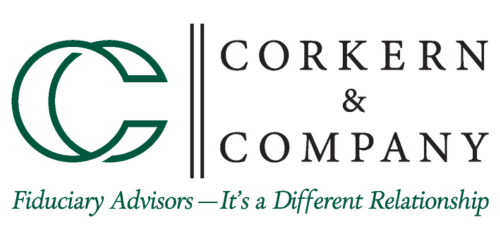Auto Enrollment

For many decades, companies provided pension plans for their employees’ retirement. There were no papers to fill out to participate; you were automatically enrolled under the plans. About forty years ago, profit sharing and 401(k) plans emerged and now have become the primary retirement plan for most companies. There are many differences between a pension plan and a profit sharing/401(k) plan, but the most significant difference is that employer is not required to make contributions to a profit sharing plan. Another, difference is that an employee must take action (complete and sign enrollment forms) to be in a 401(K) plan. If they don’t enroll, they are not in the plan.
Profit sharing/401(k) plans were touted as giving employees control over whether they were in a plan or not; the decision about how there account was invested. Whereas trustees were in control of old pension plans, employees were empowered with 401(k) plans.
So how’s that control working out? Reoccurring research and data shows not very well. The proportion of people covered under a retirement plan hasn’t grown for forty years.
It appears that when the decision to save for retirement is left to employees, they don’t participate, they don’t enroll, and they don’t save for retirement. Long term, that’s a problem for employees, which becomes a problem for family and friends of employees.
Solution? Now compulsory participation is being discussed at many levels in the financial community and regulators. For 401(k) plans, this translates to auto-enrollment in 401(k) plans and an automatic investment decision for employee accounts for those who don’t take steps to enroll themselves. Two states have actually adopted a plan for state employees to be automatically enrolled in plans that are similar to 529 plans.
There goes the employee ‘control’ advantage of 401(k) plans. Sounds as if we have come full cycle when it comes to employees having some decision-making for their retirement plan.
